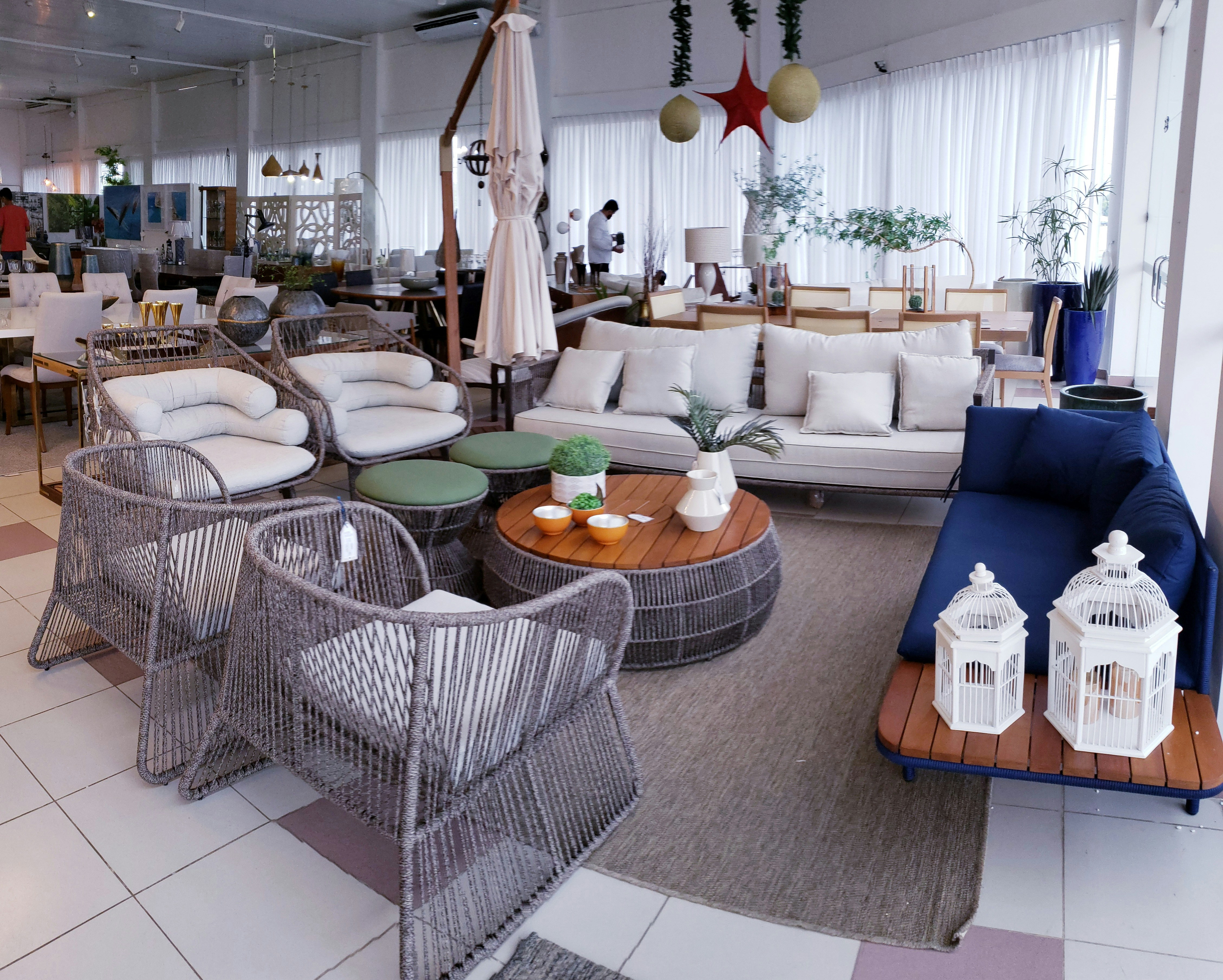(+0086)18913092838
Introduction to Outdoor Fabrics
Outdoor fabrics play a critical role in the functionality and aesthetic appeal of furniture, awnings, and various upholstery used in outdoor settings. The right selection of fabric ensures enhanced durability, weather resistance, and comfort, making it a fundamental aspect of outdoor living. As consumers seek longevity and low maintenance in their outdoor furnishings, understanding the characteristics of various materials becomes essential.
Among the most popular options for outdoor fabrics are olefin and polyester. Olefin, also known as polypropylene, is a synthetic fiber renowned for its resilience and low water absorption rate, making it ideal for outdoor applications. It is resistant to stains, mold, and mildew, thus maintaining its integrity despite exposure to harsh weather conditions. These properties offer an edge in terms of durability, particularly for outdoor furniture that is subject to heavy use.
On the other hand, polyester is another favored choice in outdoor fabrics. Known for its versatility and vibrant color retention, polyester is often utilized in upholstery, cushions, and awnings. While it offers excellent UV resistance, it may not possess the same level of moisture resistance as olefin. However, recent advancements have improved polyester’s performance against environmental factors, making it a formidable contender in the outdoor fabric market.
As the demand for outdoor living spaces continues to grow, selecting the appropriate fabric becomes increasingly important. The fabric choice will significantly impact various aspects of outdoor settings, from aesthetics to overall comfort and maintenance requirements. Therefore, understanding the attributes of olefin and polyester sets the stage for a comprehensive comparison of these two widely used outdoor fabrics.
Properties of Olefin Outdoor Fabric
Olefin outdoor fabric is known for its exceptional properties that make it a suitable choice for various outdoor applications. One of its most notable characteristics is its impressive resistance to moisture. This inherent quality allows olefin fabric to repel water effectively, ensuring that it dries quickly after rain or exposure to humidity. As a result, items made from olefin are less likely to develop water-related issues, enhancing their longevity in outdoor environments.
Another critical aspect of olefin is its remarkable resistance to fading, which is particularly important for outdoor textiles subject to prolonged sunlight exposure. This resistance means that colors remain vibrant over time without succumbing to sun damage. Furthermore, olefin outdoor fabric exhibits antibacterial properties that inhibit mildew growth, making it a preferred option for areas that are susceptible to mold and fungi, such as patios and poolside furniture.
Additionally, olefin is lightweight and breathable, ensuring comfort for users. Its lightweight nature facilitates easy handling and transport, which is advantageous for items like outdoor cushions and portable furniture. The breathability of olefin ensures good air circulation, adding to the comfort level of seating and lounging products that are used outdoors during warmer months.
The manufacturing process of olefin involves extruding polypropylene fibers, which contributes significantly to its durability. These fibers are spun and woven into fabrics that are not only sturdy but also resistant to wear and tear. This durability translates into real-world applications such as outdoor furniture, awnings, and marine upholstery, where the fabric is subjected to challenging conditions. Overall, olefin outdoor fabric presents a compelling choice for consumers seeking reliable, long-lasting materials for outdoor settings.
Properties of Polyester Outdoor Fabric
Polyester outdoor fabric is known for its impressive performance and durability, making it a popular choice for outdoor furnishings and applications. One of the most notable attributes of polyester is its strength; the fibers are engineered to withstand significant strain, lending the fabric a high resilience to tearing. This strength ensures that polyester can endure the rigors of outdoor exposure, including the wear and tear from environmental factors.
In addition to its robust nature, polyester outdoor fabric excels in retaining its shape and color over extended periods. Unlike other materials, polyester does not easily deform or fade, which is crucial in maintaining the aesthetic appeal of outdoor furniture. The fabric’s ability to resist fading is often augmented through special treatments designed to protect it against UV rays, thereby extending its lifespan while retaining its vibrant colors.
Water resistance is another key property of polyester, which is particularly advantageous for outdoor use. Many polyester fabrics are treated to enhance their water-repellent characteristics, allowing them to repel moisture and dry quickly. This quick-drying feature reduces the risk of mildew and mold growth, further enhancing the fabric’s suitability for various outdoor settings.
The texture and feel of polyester outdoor fabric can vary, but many types are designed to provide a soft, comfortable surface that appeals to users. The variety of designs and colors available is vast, catering to diverse aesthetic preferences. Whether opting for solid hues or intricate patterns, polyester offers a flexibility that appeals to a wide range of consumers.
In summary, polyester outdoor fabric combines strength, water resistance, and aesthetic versatility, making it an excellent option for outdoor environments plagued by the elements.
Comparing Olefin and Polyester: Which is Better for You?
When selecting outdoor fabric, two popular options come to the forefront: olefin and polyester. Each material offers distinct advantages and disadvantages, which can significantly influence your decision based on specific needs and usage scenarios.
Cost is often a primary consideration. Olefin fabrics tend to be priced slightly higher than polyester options. However, this difference may be justified by olefin’s superior durability, especially in high-traffic areas. Another factor to consider is maintenance. Olefin is relatively easy to clean and resistant to stains and mildew. Polyester, while also washable, may require more frequent cleaning to maintain its appearance, particularly when exposed to the elements.
Comfort is another essential aspect. Olefin is known for its soft texture and comfortable feel, making it suitable for lounging areas. In contrast, polyester can sometimes feel less inviting, although advancements in fabric technology have improved its softness and tactile experience. Aesthetic appeal varies between the two materials as well, with polyester available in a wider array of colors and patterns, allowing for more design flexibility. Olefin, while slightly limited in design options, has a modern look that fits well in minimalistic settings.
In terms of recommendations, the right fabric often depends on intended use. For outdoor furniture in high-traffic areas, such as patios or poolside lounges, olefin is an excellent choice due to its durability and low maintenance. Meanwhile, if the goal is to achieve a specific aesthetic in a decorative display or a transient setting, polyester may be the better option given its vibrant color range and versatile patterns.
Ultimately, the decision between olefin and polyester will hinge on your specific requirements, balancing factors such as cost, maintenance, comfort, and aesthetic appeal to make the most informed choice for your outdoor fabric needs.

